Welcome to a world where lush greenery thrives in the gentle embrace of shade, offering a serene sanctuary for both novice and seasoned gardeners. Whether you’re just starting your gardening journey or have a well-worn trowel in hand, discovering the best shade-loving plants can transform those shady spots into verdant havens that burst with life and color.
In this practical guide, you’ll uncover a curated selection of indoor plants that thrive away from direct sunlight, each chosen for their beauty and resilience. These plants not only enhance the ambiance of your home but also reward you with cleaner air and a sense of tranquility. By learning to nurture these shade-loving stars, you’ll gain confidence in your gardening abilities and find joy in watching them flourish, even in the coziest corners of your space.
Hosta Varieties (Vibrant Foliage for Shaded Areas)
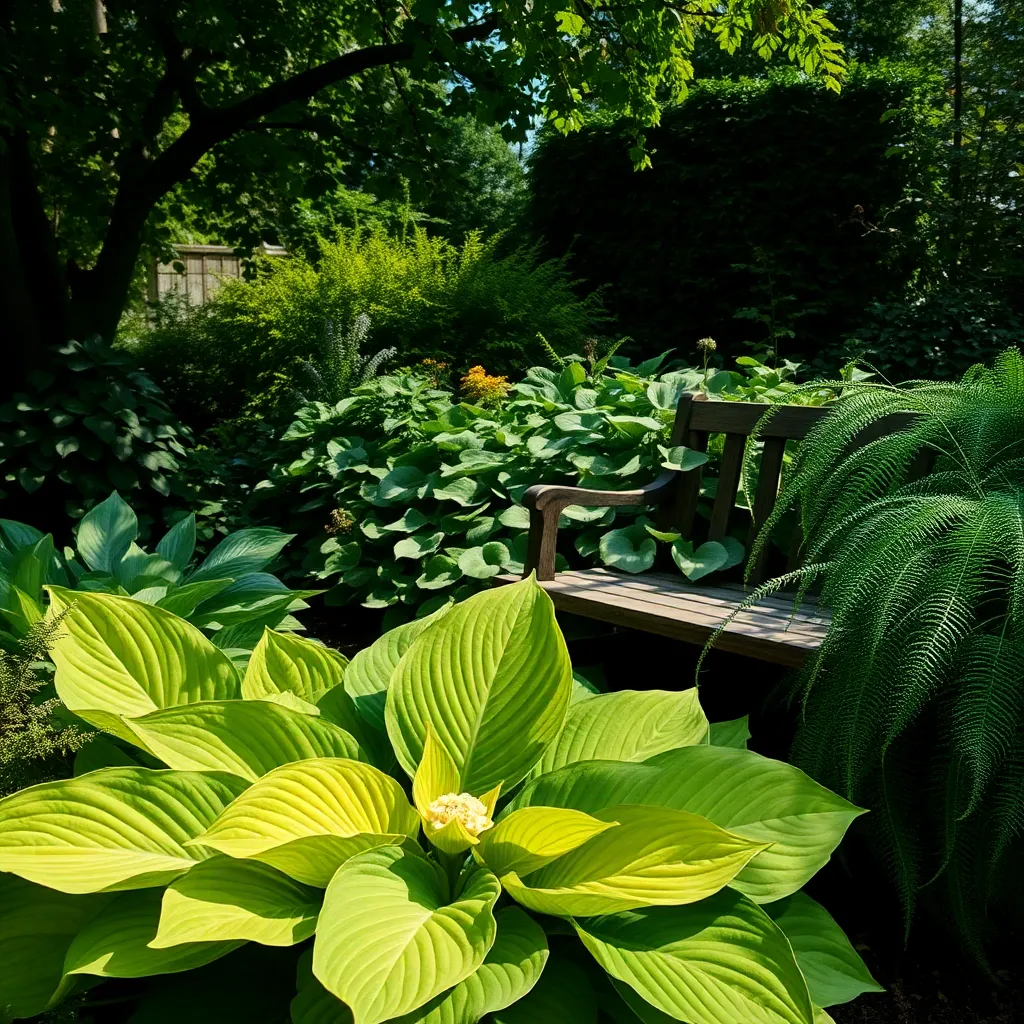
Hostas are a fantastic choice for bringing vibrant foliage to shaded areas within your garden. These hardy perennials thrive in partial to full shade, making them a perfect fit for spots where sunlight is limited.
When planting hostas, ensure they are placed in well-draining soil enriched with organic matter. Mulching around the base of the plants will help retain moisture and suppress weeds, which is crucial for healthy growth.
Water your hostas regularly, especially during dry spells, but avoid waterlogging, as this can lead to root rot. Consider installing a drip irrigation system to provide consistent moisture while keeping the foliage dry, which helps prevent fungal diseases.
For gardeners looking to experiment, try mixing varieties like ‘Sum and Substance’ with its large, chartreuse leaves, or ‘Blue Angel,’ known for its striking blue-green foliage. Diverse leaf shapes and colors can create a dynamic and visually appealing landscape, even in the shadiest corners of your garden.
Ferns Collection (Elegant Texture for Low-Light Spaces)
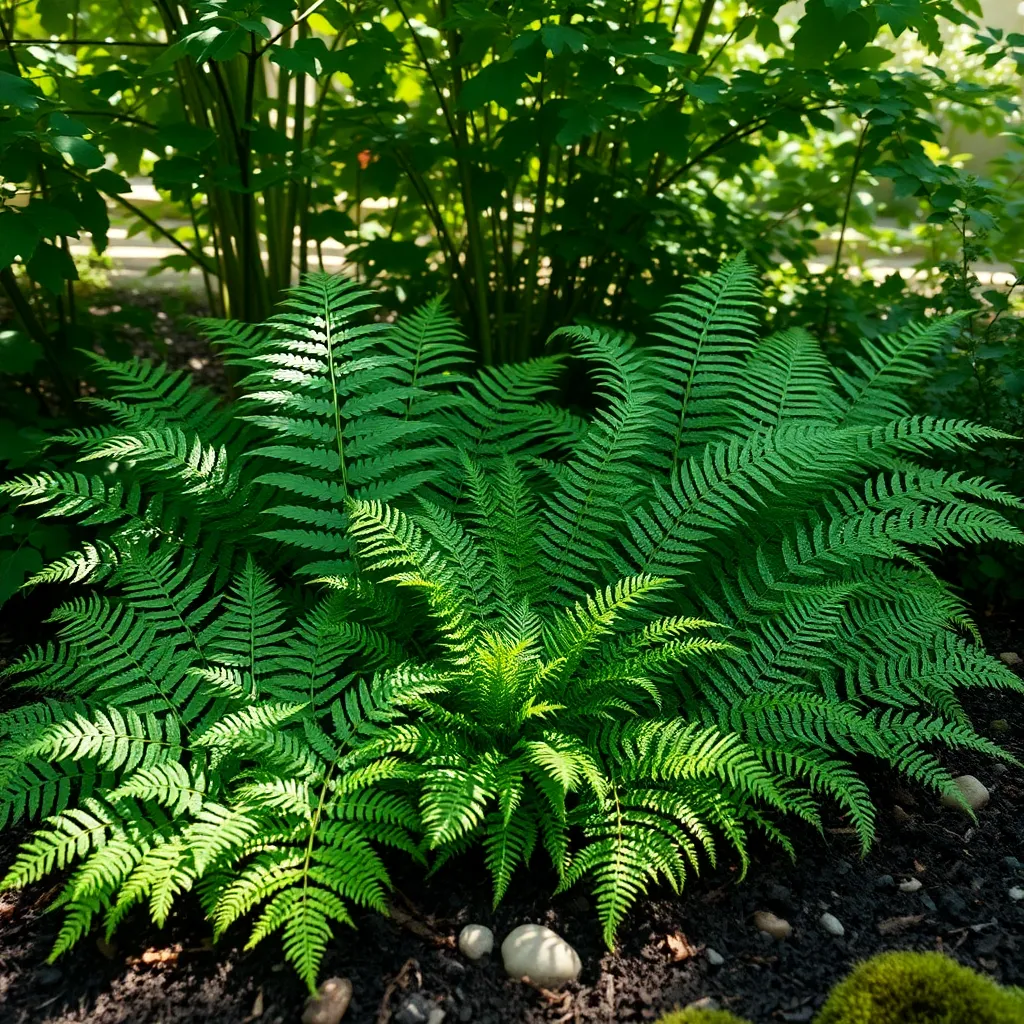
Ferns are a wonderful addition to any garden seeking an infusion of elegance in low-light areas. These plants thrive in shaded environments, making them perfect companions for darker corners of your garden or indoor spaces.
When planting ferns, ensure the soil is rich in organic matter and retains moisture well. A mix of peat moss, compost, and perlite can create the ideal soil structure that ferns favor.
Watering ferns requires attention to their preference for consistently moist but not waterlogged soil. Check the soil moisture regularly and water when the top inch feels dry to the touch, adjusting frequency based on humidity levels.
For gardeners looking to enhance their fern collection, consider varieties like the Boston Fern, Maidenhair Fern, and Bird’s Nest Fern for diverse textures and colors. Each has unique characteristics, but all appreciate a humid environment, so misting or placing a humidifier nearby can be beneficial.
Heuchera ‘Coral Bells’ (Colorful Ground Cover for Dappled Light)
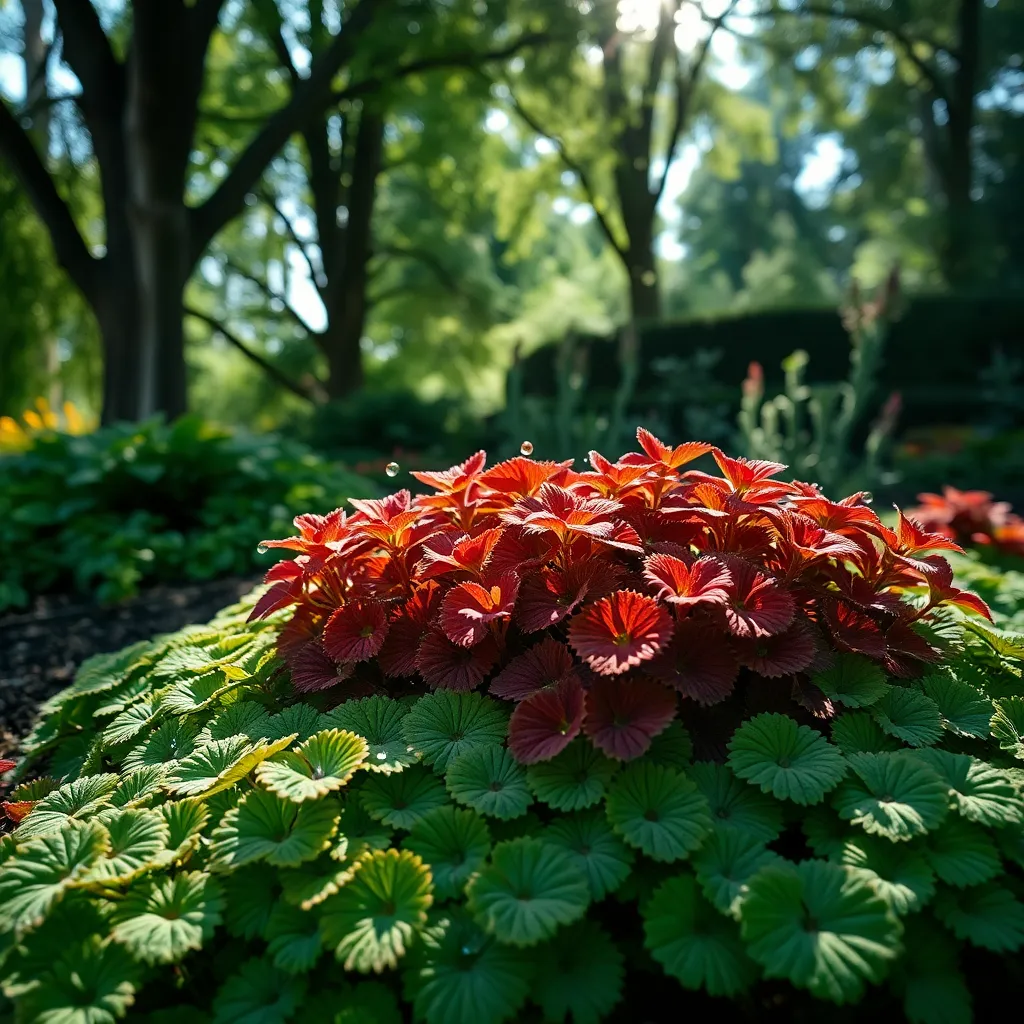
Heuchera, commonly known as Coral Bells, is a versatile ground cover renowned for its vibrant foliage that thrives in dappled light. These perennials are perfect for adding a splash of color to shaded areas, with their leaves ranging from deep purples to bright lime greens.
To ensure your Coral Bells flourish, plant them in well-draining soil enriched with organic matter. Avoid overly wet conditions, as they prefer to be on the dry side; water them deeply but infrequently, allowing the soil to dry out slightly between waterings.
For those new to gardening, Coral Bells are relatively low-maintenance, making them an excellent choice for beginners. Advanced gardeners can experiment with different varieties, as Heuchera hybrids can offer a diverse palette of leaf colors and textures to enhance any garden design.
Incorporate a slow-release fertilizer in early spring to support their growth, but refrain from over-fertilizing, which can lead to lush foliage at the expense of blooms. Pruning dead leaves and flower stalks not only tidies the plant but also encourages new growth, keeping your Coral Bells vibrant throughout the growing season.
Astilbe ‘False Goat’s Beard’ (Plume-Like Flowers for Moist Shade)
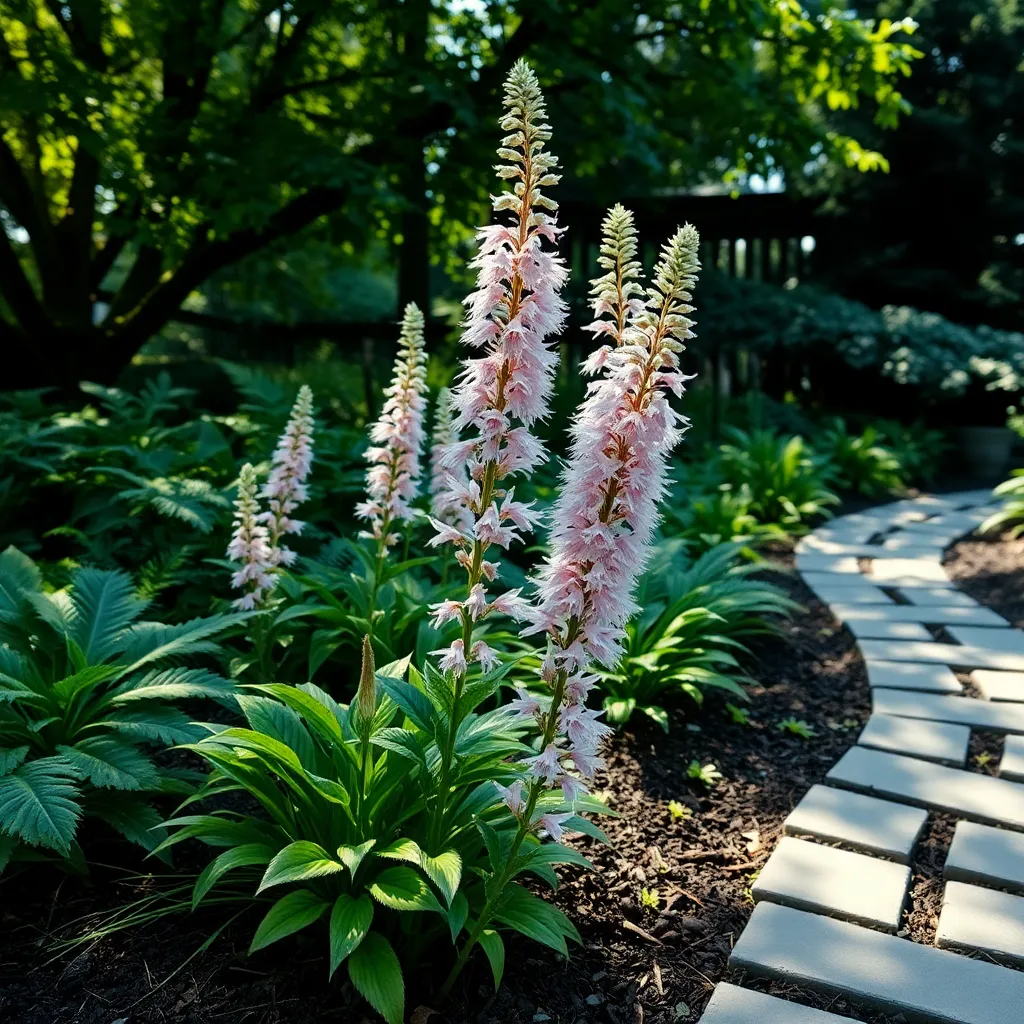
Astilbe, also known as ‘False Goat’s Beard’, is a fantastic choice for adding texture and color to shady garden spots. These plants thrive in moist, well-draining soil, making them perfect for those tricky areas where other plants struggle.
When planting Astilbe, consider enriching the soil with organic matter to retain moisture while providing nutrients. Placing a layer of mulch around the base can help keep the roots cool and conserve water.
Watering is crucial, especially during dry spells, as Astilbe prefers consistently moist soil. Aim to water deeply once or twice a week, ensuring the soil remains damp but not waterlogged.
For gardeners looking to maximize their Astilbe’s blooms, consider positioning them where they receive morning sun and afternoon shade. This balance of light encourages lush, plume-like flowers that add a dramatic flair to any garden.
Lungwort (Pulmonaria) (Spotted Leaves and Spring Blooms for Deep Shade)
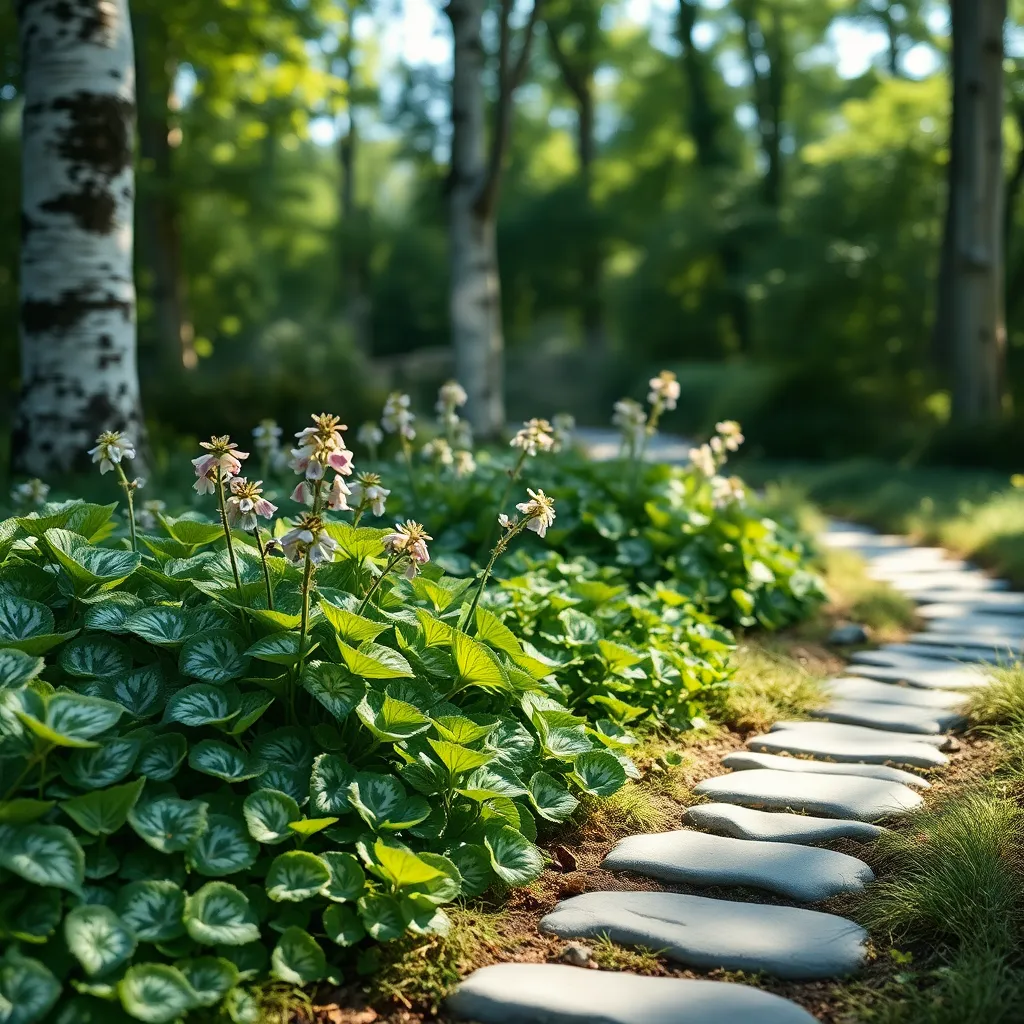
Lungwort, or Pulmonaria, is an exceptional choice for gardeners seeking to add color and texture to shaded areas. Known for its distinctive spotted leaves and vibrant spring blooms, this plant thrives in deep shade, making it ideal for transforming underutilized garden spots.
To ensure healthy growth, plant Lungwort in well-drained, humus-rich soil. It’s important to keep the soil consistently moist but not waterlogged, as this can lead to root rot, especially in shaded environments.
Beginner gardeners will appreciate Lungwort’s low maintenance requirements, while more experienced gardeners can experiment with different cultivars to create a tapestry of colors. Regular deadheading of faded flowers will encourage more blooms and keep the plant looking tidy throughout the growing season.
For best results, apply a layer of organic mulch around the base of the plant to retain moisture and suppress weeds. This not only aids in water conservation but also enriches the soil as it breaks down, providing essential nutrients for the Lungwort.
Conclusion: Growing Success with These Plants
In exploring the best shade-loving plants for your garden, we’ve uncovered five key relationship concepts that mirror the nurturing of a lush, thriving garden. First, understanding the unique needs of each plant parallels recognizing and valuing individuality in relationships. Second, providing consistent care reflects the importance of nurturing connections regularly. Third, creating a balanced environment highlights the need for harmony and mutual support. Fourth, patience and perseverance remind us that growth takes time. Lastly, embracing change and adaptability ensures resilience in the face of challenges.
Now, take immediate action by assessing your own relationship garden. Identify one area where you can apply these concepts today, whether it’s offering a listening ear or simply spending quality time with a loved one.
Don’t forget to bookmark this article as a handy reference guide—your relationship garden’s success is an ongoing journey, and revisiting these insights can provide continued inspiration. As you cultivate these practices, remember that the roots of a healthy relationship run deep, promising a future of flourishing connections and shared happiness. Embrace this journey with optimism, knowing that every small step contributes to a vibrant, enduring bond.

